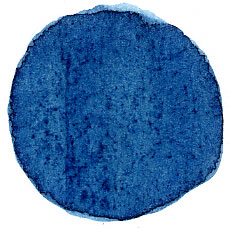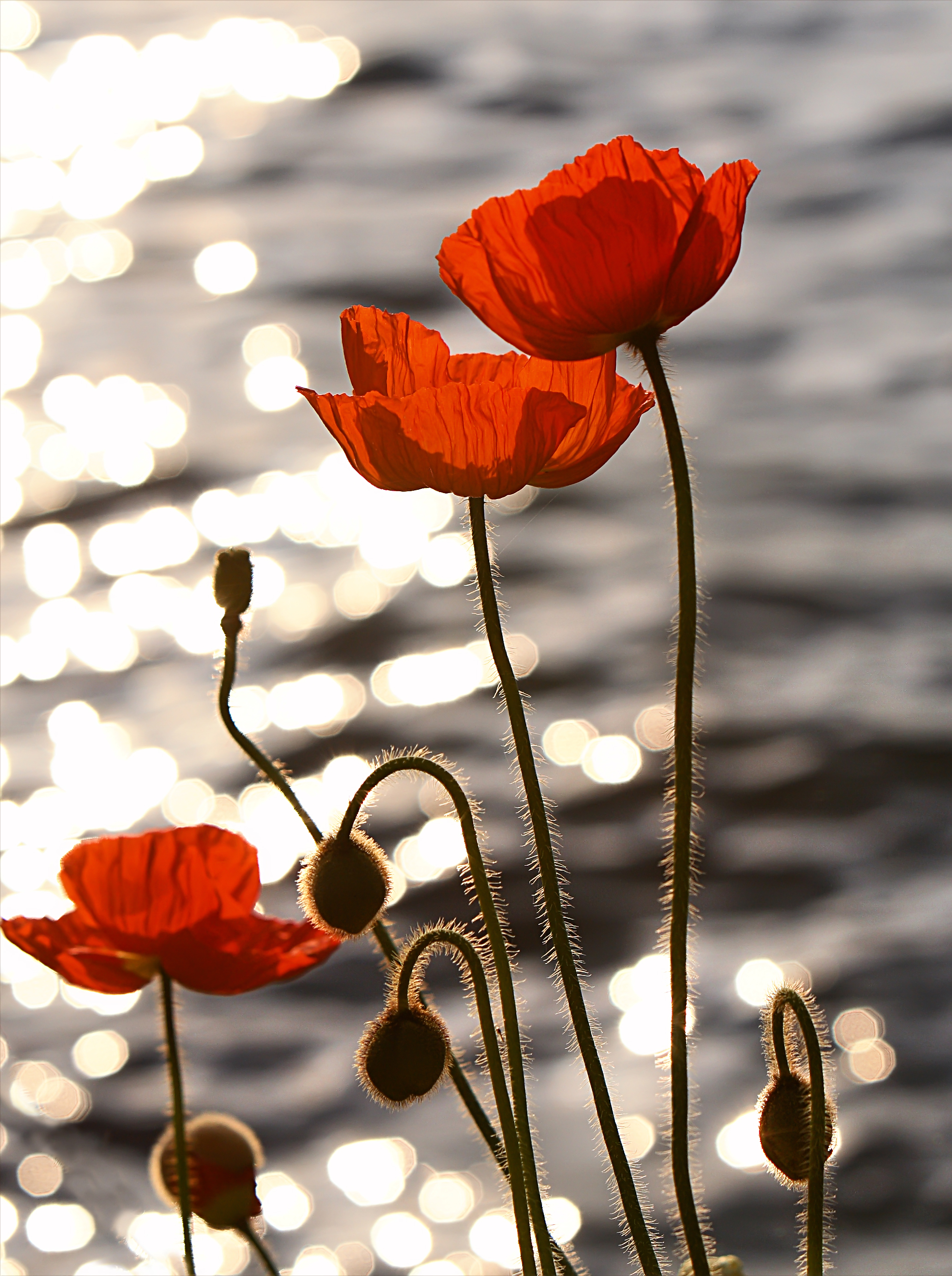|
Chouara Tannery
Chouara Tannery (sometimes spelled Chouwara) is one of the three tanneries in the city of Fez, Morocco. It is the largest tannery in the city and one of the oldest. It is located in Fes el Bali, the oldest medina quarter of the city, near the Saffarin Madrasa along the Oued Fes (also known as the Oued Bou Khrareb). Since the inception of the city, the tanning industry has been continually operating in the same fashion as it did in the early centuries. Today, the tanning industry in the city is considered one of the main tourist attractions. The tanneries are packed with round stone vessels filled with dye or white liquids for softening the hides. The leather goods produced in the tanneries are exported around the world.Chouara Tannery ''Archnet''. Retrieved January 22, 2018. History Local tradition generally holds that the Chouara ...[...More Info...] [...Related Items...] OR: [Wikipedia] [Google] [Baidu] |
Quicklime
Calcium oxide (CaO), commonly known as quicklime or burnt lime, is a widely used chemical compound. It is a white, caustic, alkaline, crystalline solid at room temperature. The broadly used term "'' lime''" connotes calcium-containing inorganic materials, in which carbonates, oxides and hydroxides of calcium, silicon, magnesium, aluminium, and iron predominate. By contrast, ''quicklime'' specifically applies to the single chemical compound calcium oxide. Calcium oxide that survives processing without reacting in building products such as cement is called free lime. Quicklime is relatively inexpensive. Both it and a chemical derivative ( calcium hydroxide, of which quicklime is the base anhydride) are important commodity chemicals. Preparation Calcium oxide is usually made by the thermal decomposition of materials, such as limestone or seashells, that contain calcium carbonate (CaCO3; mineral calcite) in a lime kiln. This is accomplished by heating the material to above ,Merc ... [...More Info...] [...Related Items...] OR: [Wikipedia] [Google] [Baidu] |
Buildings And Structures In Fez, Morocco
A building, or edifice, is an enclosed structure with a roof and walls standing more or less permanently in one place, such as a house or factory (although there's also portable buildings). Buildings come in a variety of sizes, shapes, and functions, and have been adapted throughout history for a wide number of factors, from building materials available, to weather conditions, land prices, ground conditions, specific uses, prestige, and aesthetic reasons. To better understand the term ''building'' compare the list of nonbuilding structures. Buildings serve several societal needs – primarily as shelter from weather, security, living space, privacy, to store belongings, and to comfortably live and work. A building as a shelter represents a physical division of the human habitat (a place of comfort and safety) and the ''outside'' (a place that at times may be harsh and harmful). Ever since the first cave paintings, buildings have also become objects or canvasses of much art ... [...More Info...] [...Related Items...] OR: [Wikipedia] [Google] [Baidu] |
11th-century Establishments In Africa
The 11th century is the period from 1001 ( MI) through 1100 ( MC) in accordance with the Julian calendar, and the 1st century of the 2nd millennium. In the history of Europe, this period is considered the early part of the High Middle Ages. There was, after a brief ascendancy, a sudden decline of Byzantine power and a rise of Norman domination over much of Europe, along with the prominent role in Europe of notably influential popes. Christendom experienced a formal schism in this century which had been developing over previous centuries between the Latin West and Byzantine East, causing a split in its two largest denominations to this day: Roman Catholicism and Eastern Orthodoxy. In Song dynasty China and the classical Islamic world, this century marked the high point for both classical Chinese civilization, science and technology, and classical Islamic science, philosophy, technology and literature. Rival political factions at the Song dynasty court created strife amongst ... [...More Info...] [...Related Items...] OR: [Wikipedia] [Google] [Baidu] |
Aziza Chaouni
Aziza Chaouni (Arabic; عزيزة شاؤني) is a Moroccan architect who teaches at the University of Toronto. Detail She is the founder of Aziza Chaouni Projects and associate professor at the John H. Daniels Faculty of Architecture, Landscape and Design in Toronto. She leads Designing Ecological Tourism (DET), "a collaborative research platform that investigates the challenges faced by ecotourism in the developing world." Chaouni has a postgraduate degree from Harvard Graduate School of Design and a BSc in Civil Engineering from Columbia University. Starting in 2009 she led a project to rehabilitate the Fez River in her hometown of Fez, Morocco, as part of a larger restoration effort in the area which lasted several years and required engineering and architectural expertise. In 2014 she gave a TED talk on this project. In 2016 she helped to renovate the oldest functioning library in the world, the library at al-Qarawiyyin University, built in 859 by Fatima Al-Fihria. She ... [...More Info...] [...Related Items...] OR: [Wikipedia] [Google] [Baidu] |
Chromium Toxicity
Chromium toxicity refers to any poisonous toxic effect in an organism or cell that results from exposure to specific forms of chromium—especially hexavalent chromium. Hexavalent chromium and its compounds are toxic when inhaled or ingested. Trivalent chromium is a trace mineral that is essential to human nutrition. There is a hypothetical risk of genotoxicity in humans if large amounts of trivalent chromium were somehow able to enter living cells, but normal metabolism and cell function prevent this. Forms of chromium Hexavalent chromium and trivalent chromium are chromium ions—they have different numbers of electrons and, therefore, different properties. Trivalent chromium, or chromium(III), is the form of chromium that is essential to human health. Hexavalent chromium, or chromium(VI), is an unequivocally toxic form. Hexavalent chromium Hexavalent chromium, also called chromium(VI), is hemotoxic, genotoxic, and carcinogenic. When hexavalent chromium enters the bloodstr ... [...More Info...] [...Related Items...] OR: [Wikipedia] [Google] [Baidu] |
Chromium
Chromium is a chemical element with the symbol Cr and atomic number 24. It is the first element in group 6. It is a steely-grey, lustrous, hard, and brittle transition metal. Chromium metal is valued for its high corrosion resistance and hardness. A major development in steel production was the discovery that steel could be made highly resistant to corrosion and discoloration by adding metallic chromium to form stainless steel. Stainless steel and chrome plating (electroplating with chromium) together comprise 85% of the commercial use. Chromium is also greatly valued as a metal that is able to be highly polished while resisting tarnishing. Polished chromium reflects almost 70% of the visible spectrum, and almost 90% of infrared light. The name of the element is derived from the Greek word χρῶμα, ''chrōma'', meaning color, because many chromium compounds are intensely colored. Industrial production of chromium proceeds from chromite ore (mostly FeCr2O4) to pro ... [...More Info...] [...Related Items...] OR: [Wikipedia] [Google] [Baidu] |
Henna
Henna is a dye prepared from the plant '' Lawsonia inermis'', also known as the henna tree, the mignonette tree, and the Egyptian privet, the sole species of the genus ''Lawsonia''. ''Henna'' can also refer to the temporary body art resulting from the staining of the skin from the dyes. After henna stains reach their peak color, they hold for a few days, then gradually wear off by way of exfoliation, typically within one to three weeks. Henna has been used since antiquity in ancient Egypt and Indian subcontinent to dye skin, hair and fingernails, as well as fabrics including silk, wool, and leather. Historically, henna was used in West Asia including the Arabian Peninsula and in Carthage, other parts of North Africa, West Africa, Central Africa, the Horn of Africa and the Indian subcontinent. The name "henna" is used in other skin and hair dyes, such as ''black henna'' and ''neutral henna'', neither of which is derived from the henna plant. Etymology The English name "he ... [...More Info...] [...Related Items...] OR: [Wikipedia] [Google] [Baidu] |
Indigo
Indigo is a deep color close to the color wheel blue (a primary color in the RGB color space), as well as to some variants of ultramarine, based on the ancient dye of the same name. The word "indigo" comes from the Latin word ''indicum'', meaning "Indian", as the dye was originally exported to Europe from India. It is traditionally regarded as a color in the visible spectrum, as well as one of the seven colors of the rainbow: the color between blue and violet; however, sources differ as to its actual position in the electromagnetic spectrum. The first known recorded use of indigo as a color name in English was in 1289. History '' Indigofera tinctoria'' and related species were cultivated in East Asia, Egypt, India, Bangladesh and Peru in antiquity. The earliest direct evidence for the use of indigo dates to around 4000 BC and comes from Huaca Prieta, in contemporary Peru. Pliny the Elder mentions India as the source of the dye after which it was named. It ... [...More Info...] [...Related Items...] OR: [Wikipedia] [Google] [Baidu] |
Poppy
A poppy is a flowering plant in the subfamily Papaveroideae of the family Papaveraceae. Poppies are herbaceous plants, often grown for their colourful flowers. One species of poppy, ''Papaver somniferum'', is the source of the narcotic drug opium which contains powerful medicinal alkaloids such as morphine and has been used since ancient times as an analgesic and narcotic medicinal and recreational drug. It also produces edible seeds. Following the trench warfare in the poppy fields of Flanders, Belgium during World War I, poppies have become a symbol of remembrance of soldiers who have died during wartime, especially in the UK, Canada, Australia, New Zealand and other Commonwealth realms. Description Poppies are herbaceous annual, biennial or short-lived perennial plants. Some species are monocarpic, dying after flowering. Poppies can be over a metre tall with flowers up to 15 centimetres across. Flowers of species (not cultivars) have 4 or 6 petals, many stamens forming ... [...More Info...] [...Related Items...] OR: [Wikipedia] [Google] [Baidu] |
Marinid Sultanate
The Marinid Sultanate was a Berber Muslim empire from the mid-13th to the 15th century which controlled present-day Morocco and, intermittently, other parts of North Africa (Algeria and Tunisia) and of the southern Iberian Peninsula (Spain) around Gibraltar. It was named after the Banu Marin (, Berber: ''Ayt Mrin''), a Zenata Berber tribe. The sultanate was ruled by the Marinid dynasty ( ar, المرينيون ), founded by Abd al-Haqq I.C.E. Bosworth, ''The New Islamic Dynasties'', (Columbia University Press, 1996), 41-42. In 1244, after being at their service for several years, the Marinids overthrew the Almohads which had controlled Morocco. At the height of their power in the mid-14th century, during the reigns of Abu al-Hasan and his son Abu Inan, the Marinid dynasty briefly held sway over most of the Maghreb including large parts of modern-day Algeria and Tunisia. The Marinids supported the Emirate of Granada in al-Andalus in the 13th and 14th centuries and made a ... [...More Info...] [...Related Items...] OR: [Wikipedia] [Google] [Baidu] |





